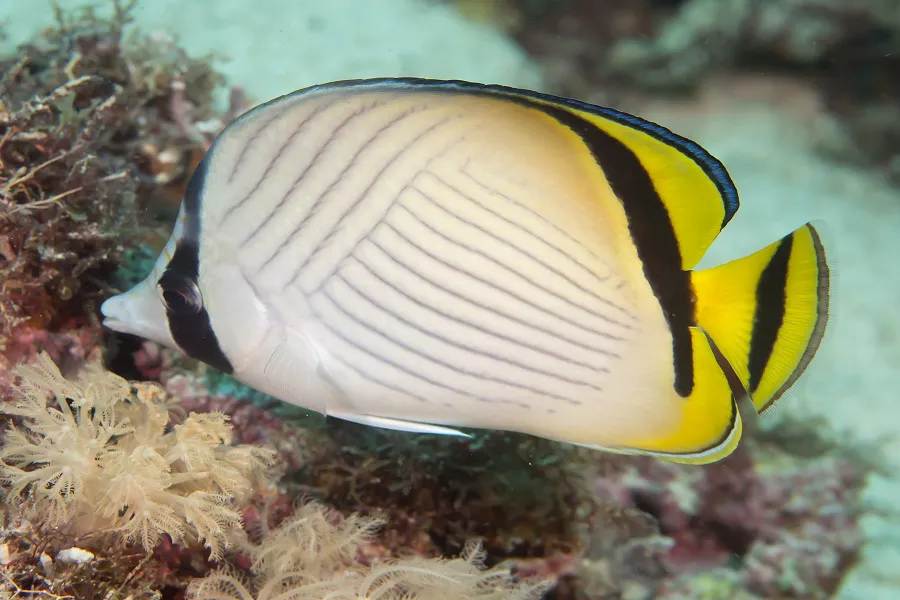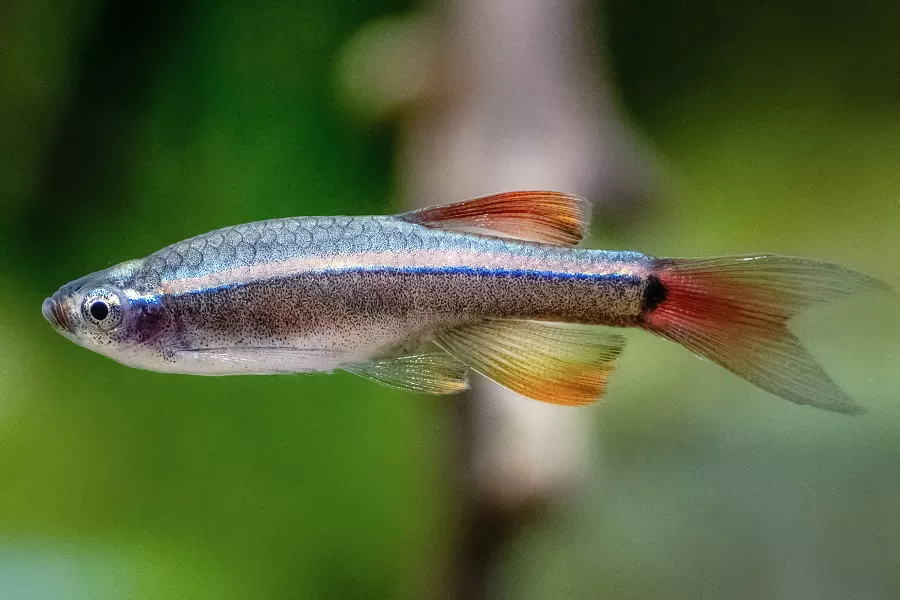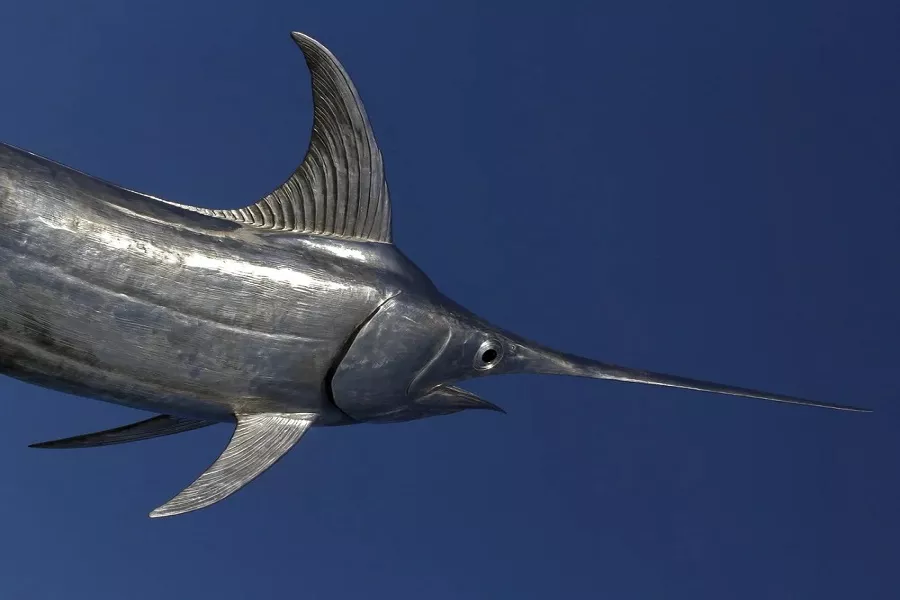What is a vagabond butterflyfish?
The body color of vagabond butterflyfish is white, with black stripes on the eyes, yellow on the soft rays of the dorsal fin, caudal peduncle, and soft rays of the anal fin, and dark thin twill lines on the body. The difference from the herringbone butterfly is that this fish is There are 6 diagonal stripes from the head to the dorsal fin, while the herringbone butterfly has only 5, the rear half is darker yellow, and there is a black band near the tail, the caudal fin is yellow, and there are 1-2 black bands at the back, very similar to the herringbone butterfly . Often inhabits coral reefs, has a strong territoriality, and feeds mainly on algae, corals, crustaceans and worms. The aquarium can be mixed with most butterfly fish, but not with ferocious fish. Likes to eat algae, small benthic animals and corals, and can feed invertebrates, algae and artificial feed. From summer to autumn, they swim to the offshore waters south of Chiba Prefecture, Japan.
What does the vagabond butterflyfish look like?
The body is oval, with a high dorsal margin. The tail handle is short and high. The head is small, with the back edge sunken in front of the eyes. The snout is long, protruding forward and pointed at the front. Body is lavender brown, odd fins khaki. From the second spine of the dorsal fin to the base of the spine of the first l fin, there are 6 roughly parallel lavender lines, obliquely forward; there are about 10 similar purple lines perpendicular to this line, obliquely backward and downward, to Above the base of the anal fin and in front of the caudal peduncle. From the front of the first spine of the dorsal fin to the border of the interopercular bone, there is a black transverse band slightly narrower than the diameter of the eye. There is a wide black longitudinal band on the edge and base of the dorsal fin rays, and the latter connects with the caudal peduncle and the black band at the back of the anal fin to form a long black band. The outer edge of the anal fin is yellow, and the near edge is black. The caudal fin has two black stripes, and the anterior rays are nearly crescent-shaped; the margins are white, and the margins of small individuals are wider. Body length 83 ~ 120 mm. Body laterally flat and oval. Body covered with larger comb scales, with incomplete lateral line. The head has a black horizontal band. The front part of the body side and the rear part are obliquely inconsistent with the dark twill, the front part is inclined upward, the rear part is inclined downward, and the black longitudinal band at the base of the dorsal fin is connected with the caudal stalk band. The caudal fin also has 2 black horizontal bands.
Living habits of vagabond butterflyfish
It inhabits the water layer within 30m of the coral reef area, and there will be dark spots on the body before going to bed. It is gentle and feeds on corals and small invertebrates.
vagabond butterflyfish rearing
In the wild, the twill butterflyfish is mainly distributed in the warm waters of the tropical Indian and Pacific Oceans, and prefers to inhabit coral reefs. The difficulty of raising twill butterflyfish in captivity is average, and it is necessary to pay attention to setting up a water quality environment similar to the wild environment for them.
The twill butterflyfish cannot be mixed with ferocious fish. The twill butterflyfish is not large in size, and the adult fish is 80-120 mm in length, so the minimum volume of the aquarium for raising the twill butterflyfish is 265 liters. The aquarium for raising the twill butterflyfish The requirements of the water quality environment are water temperature: 24-27; PH: 8.1-8.4; specific gravity: 1.020-1.025. It is recommended that the daily light exposure time is 8-10 hours per day.


























